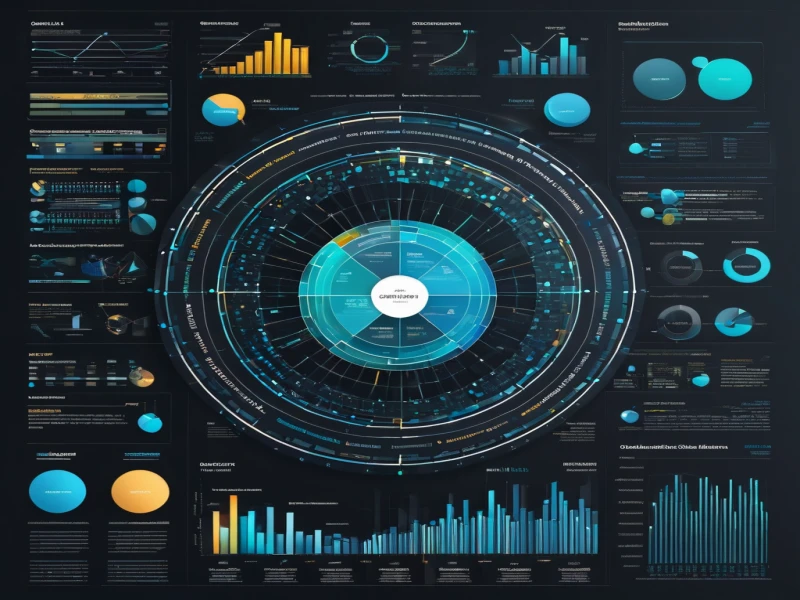
what exactly is machine learning?
Demystifying Machine Learning: Your Guide to the Future of Tech
Machine learning (ML) might seem like a futuristic concept out of science fiction, but it's already woven into the fabric of our daily lives. From the personalized recommendations you get online to the spam filter protecting your inbox, ML algorithms are quietly working behind the scenes, learning and adapting to make our lives easier. But what exactly is machine learning, and how does it work?
In this blog, we'll embark on a journey to:
- Understand the core concepts of machine learning: We'll explore different types of algorithms, how they learn from data, and what makes them so powerful.
- Discover real-world applications of ML: From healthcare and finance to entertainment and transportation, we'll showcase how ML is transforming various industries.
- Demystify common misconceptions: We'll address concerns about job displacement and AI safety, offering a balanced perspective on the impact of ML.
- Get you started with learning ML: We'll provide resources and tips for anyone interested in exploring this exciting field further.
So, buckle up, and let's dive into the fascinating world of machine learning!
Part 1: Unveiling the Magic: What is Machine Learning?
Imagine a computer program that can learn and improve on its own, without being explicitly programmed. That's the essence of machine learning. Instead of following a set of instructions, ML algorithms learn from data, identifying patterns and relationships to make predictions or decisions. This data can be anything from text and images to sensor readings and financial transactions.
There are different types of ML algorithms, each with its strengths and weaknesses. Some popular ones include:
- Supervised learning: This type learns from labeled data, where each example has a specific outcome associated with it. For example, an email spam filter might be trained on millions of labeled emails, learning to distinguish spam from legitimate messages.
- Unsupervised learning: This type finds hidden patterns in unlabeled data. For example, an algorithm might analyze customer purchase data to identify groups of customers with similar buying habits.
- Reinforcement learning: This type learns through trial and error, interacting with an environment and receiving rewards for desired actions. For example, a self-driving car might learn to navigate roads by receiving positive feedback for safe driving and penalties for collisions.
Part 2: From Sci-Fi to Reality: Where is Machine Learning Used?
The applications of machine learning are vast and continuously growing. Here are just a few examples:
- Healthcare: ML algorithms are used to analyze medical images for early disease detection, personalize treatment plans, and even predict patient outcomes.
- Finance: ML helps detect fraudulent transactions, assess creditworthiness, and make personalized investment recommendations.
- Entertainment: ML powers recommendation systems for movies, music, and shows, personalizes news feeds, and even generates creative content like music and art.
- Transportation: Self-driving cars, traffic prediction systems, and route optimization are all powered by machine learning.
Part 3: Beyond the Hype: Addressing Common Concerns
As with any powerful technology, there are concerns surrounding machine learning. Some worry about job displacement due to automation, while others fear the potential misuse of AI for malicious purposes.
It's important to remember that machine learning is a tool, and like any tool, its impact depends on how we use it. While automation might replace some jobs, it's also creating new ones that require different skillsets. Additionally, ethical considerations and responsible development practices are crucial to ensure that AI benefits humanity and doesn't harm it.
Part 4: Your Journey into the World of Machine Learning Begins Now!
Intrigued by the potential of machine learning? The good news is, with the abundance of resources available online and in libraries, getting started is easier than ever. Here are some tips:
- Start with online courses and tutorials: Numerous platforms offer interactive courses and tutorials to teach you the fundamentals of machine learning.
- Explore open-source libraries and tools: Popular libraries like TensorFlow and PyTorch make it easy to experiment with ML concepts and build your own projects.
- Join online communities and forums: Connect with other learners and experts to ask questions, share experiences, and stay updated on the latest advancements.
Machine learning is a vast and ever-evolving field, but by taking the first step, you can unlock its potential and contribute to shaping the future of technology. Remember, the journey is full of exploration, discovery, and endless possibilities. So, dive in, learn, and be a part of the exciting world of machine learning!
This is just the beginning of our exploration. Stay tuned for future blog posts where we'll delve deeper into specific applications, technical aspects, and the ethical considerations surrounding machine learning.


